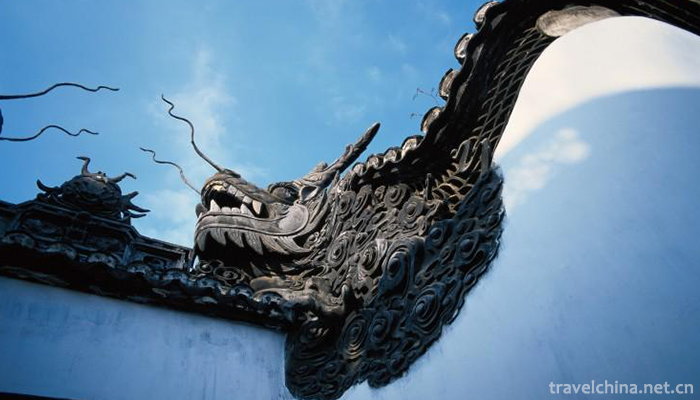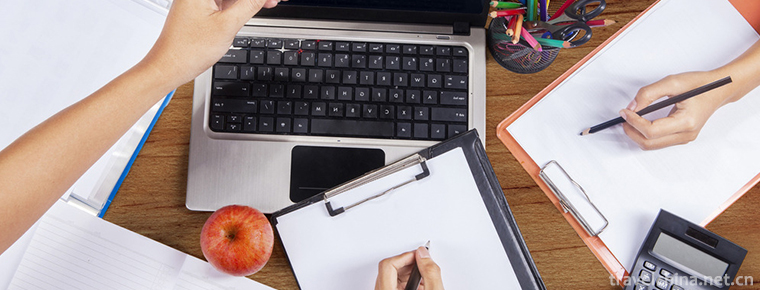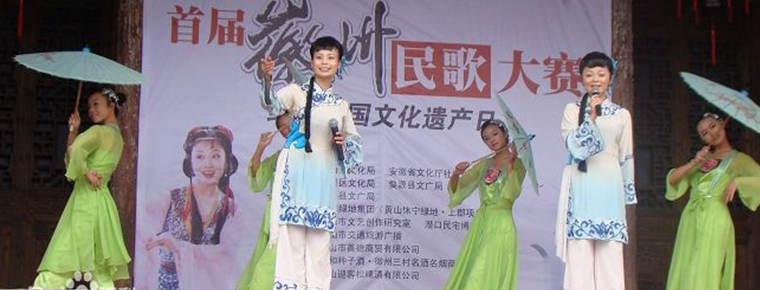2018-11-13

- By ChinaWiki.net
- Chinese Edition
- 2019-05-01
Restoration Techniques of Ancient Architecture
Ancient buildings are an important part of historical relics in China. Protecting, restoring and renovating ancient buildings is one of the important tasks in the protection of cultural relics. It is also one of the problems that need to be further studied in architectural design, urban planning and landscape design.
Principles of Restoration and Reconstruction of Ancient Buildings
Like all other historical relics, the value of ancient architecture lies in that it is a legacy of history. It can not be reproduced and rebuilt, and once destroyed, it can not be retrieved. Therefore, the basic principles of cultural relics protection must be followed in the restoration work.
Firstly, the repairing and filling parts should form a whole with the original parts, maintain overall harmony and consistency, and help to restore rather than reduce its artistic and information value.
Secondly, any additional part must be different from the original part, so that people can distinguish what is the restoration of contemporary things and what is the past, in order to maintain the historical continuity of cultural relics and the authenticity of historical and artistic witnesses.
Thirdly, the things formed in different historical periods (including building types, building materials, structural modes, etc.) reflect the traces left in the process of historical development. They have their historical characteristics. When they are repaired, they must preserve the status quo or restore the status quo.
Types of Restoration and Reconstruction of Ancient Buildings
Rehabilitation and protection of ancient buildings take different ways because of different historical values, historical status, building quality, damaged degree and cultural and historical environment of the protected buildings. The ways of repair and improvement are generally divided into three categories.
The first is the most common practice: to restore the original style of the protected buildings as much as possible, or even make them refreshed. This practice is generally used in temples and the former residences of celebrities, etc. The original uses have not been changed or used as visits.
The second is the contrast between the old and the new: emphasizing the traces of the times, so that the repaired parts can be significantly different from the original parts, which is ubiquitous in ancient European buildings, but seldom used in China.
The third type is to use modern space art language to dialogue with existing historical buildings, which has been more and more widely accepted, especially in the process of expansion and reconstruction of ancient buildings, the most successful is the Louvre expansion project.
Material and Technology for Restoration and Reconstruction of Ancient Buildings
To restore ancient buildings, the original materials and techniques should be used, which is the fundamental guarantee for carrying out the principle of restoring cultural relics and doing a good job in restoring them. However, in the current restoration of cultural relics and ancient buildings, there are problems in materials and technology.
Nowadays, the biggest problem in the restoration of ancient buildings is the lack of wood, especially the lack of dry wood, and the lack of large volume of dry wood. China itself is short of forest resources, and the demand for timber in the construction market is very large. It can only be used now, and the moisture content of timber is high. Restoration of ancient buildings is limited by time and funds, and timber can not be bought in advance for natural drying. It is not only difficult to ensure the quality of wet wood used in ancient building restoration, but also very perishable, which is a big problem.
Secondly, bricks and tiles. Bricks and tiles are manufactured building materials. The traditional brick and tile firing process is very strict and exquisite. Nowadays, even if we know this series of traditional processes, no factory will do it according to this process. Because that will increase the cost, the product can not be sold, resulting in the closure of the factory. So the quality of bricks and tiles produced now is much worse than before.
Thirdly, from the technical point of view, since the 1980s, great progress has been made in inheriting and disseminating the traditional technology of ancient buildings, but this does not mean that the quality of the restoration of ancient buildings and cultural relics has been improved. At present, the quality of our ancient construction restoration team is not high and the level is low. The existence of material and technical problems is not only the cause of itself, but also the root of these problems must be found out in order to solve them fundamentally.

Ask a Question
Your email address will not be published.



0 Questions